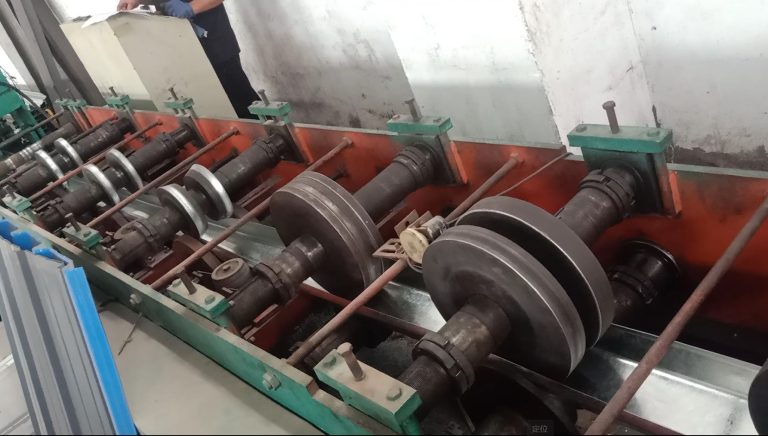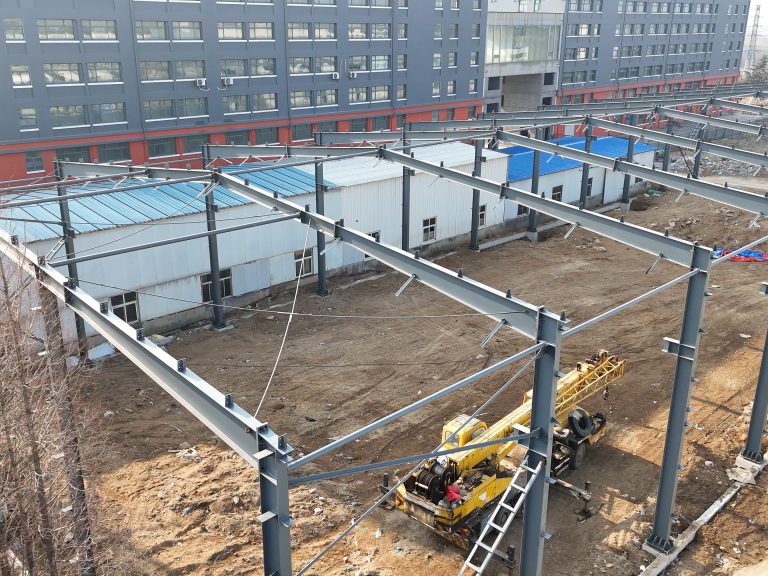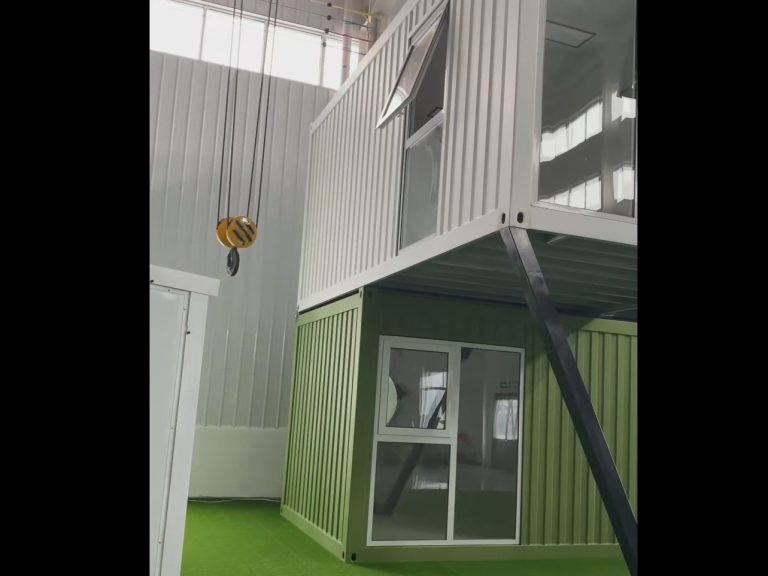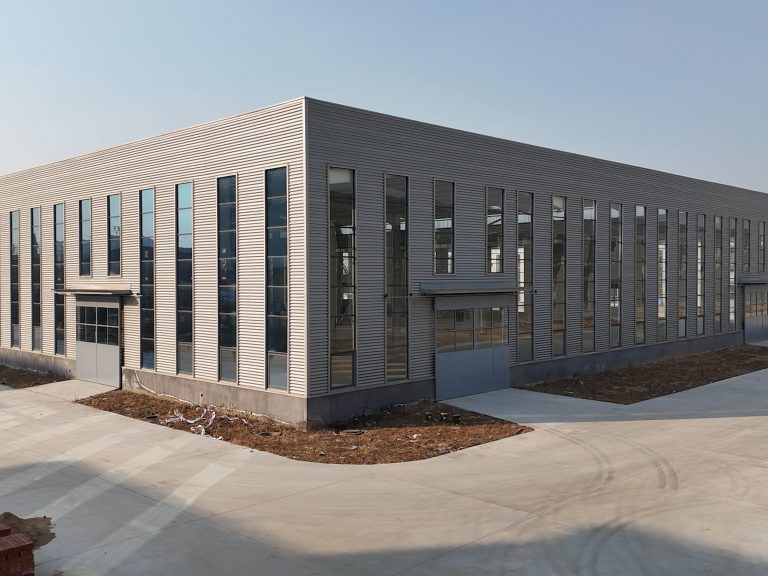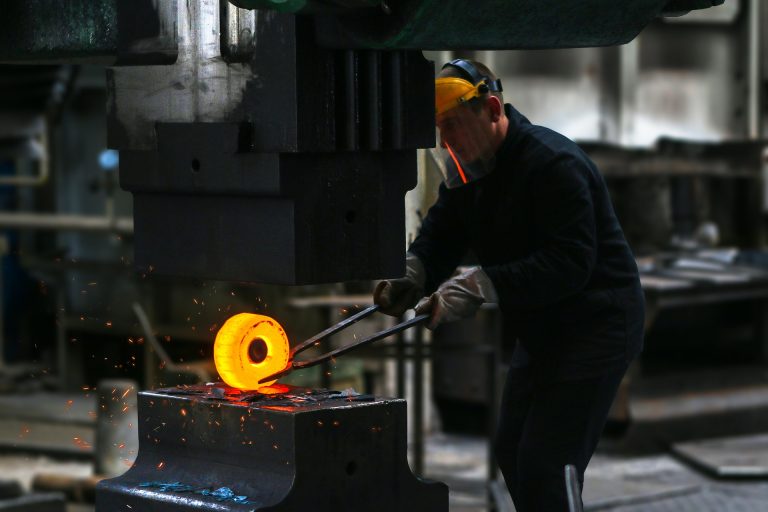Table of Contents
Advantages of Implementing Steel Structures in the Digital Transformation of Construction Industry
Steel structures have long been a popular choice in the construction industry due to their durability, strength, and versatility. With the ongoing digital transformation of the construction industry, steel structures are becoming even more essential for meeting the demands of modern construction projects. In this article, we will explore the opportunities and challenges of implementing steel structures in the digital transformation of the construction industry.
One of the key advantages of using steel structures in the digital transformation of the construction industry is their ability to be easily customized and prefabricated. With the use of advanced digital technologies such as Building Information Modeling (BIM), architects and engineers can design complex steel structures with precision and accuracy. This allows for faster and more efficient construction processes, as components can be prefabricated off-site and assembled on-site with minimal disruption.
Furthermore, steel structures are known for their sustainability and environmental benefits. Steel is a highly recyclable material, with a high percentage of recycled content in new steel products. This makes steel structures a more environmentally friendly option compared to traditional construction materials such as concrete and wood. In the digital age, sustainability is a key consideration for many construction projects, and steel structures offer a sustainable solution that aligns with the industry’s growing focus on green building practices.
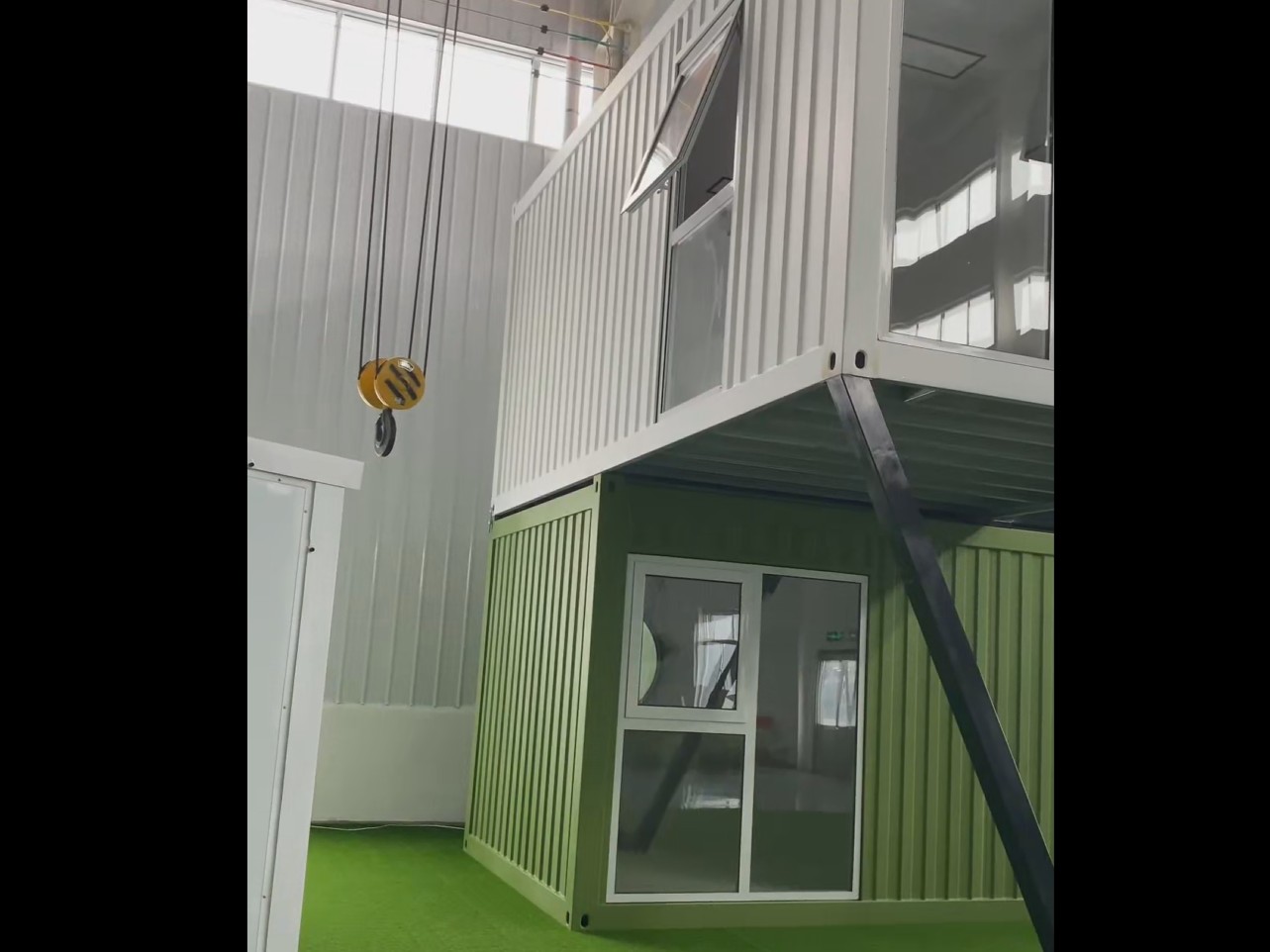
Another advantage of implementing steel structures in the digital transformation of the construction industry is their cost-effectiveness. Steel structures are typically lighter and require less material than traditional construction materials, which can result in lower construction costs. Additionally, the speed and efficiency of steel construction processes can lead to reduced labor costs and shorter project timelines. In a competitive industry where time and budget constraints are common challenges, steel structures offer a cost-effective solution that can help construction companies stay ahead of the curve.
Despite the numerous advantages of using steel structures in the digital transformation of the construction industry, there are also challenges that need to be addressed. One of the main challenges is the lack of skilled labor with expertise in steel construction techniques. As the industry continues to evolve and adopt new technologies, there is a growing need for workers who are trained in the latest steel construction methods. This highlights the importance of investing in training and education programs to ensure that the workforce is equipped to handle the demands of modern steel construction projects.
Additionally, the integration of digital technologies such as BIM and 3D modeling into steel construction processes can present challenges in terms of compatibility and data management. Construction companies need to invest in the right software and tools to ensure that they can effectively leverage digital technologies to streamline their steel construction projects. This requires a significant upfront investment in technology and training, which can be a barrier for smaller companies with limited resources.
In conclusion, the opportunities and challenges of implementing steel structures in the digital transformation of the construction industry are vast. Steel structures offer numerous advantages in terms of customization, sustainability, and cost-effectiveness, making them an essential component of modern construction projects. However, challenges such as the need for skilled labor and the integration of digital technologies need to be addressed to fully realize the benefits of steel structures in the digital age. By overcoming these challenges and embracing the opportunities that steel structures offer, construction companies can position themselves for success in an increasingly digital and competitive industry.
Overcoming Challenges in Adopting Steel Structures for Digital Transformation in Construction Industry
The construction industry is undergoing a digital transformation, with new technologies and processes revolutionizing the way buildings are designed, constructed, and maintained. One of the key components of this transformation is the adoption of steel structures in construction projects. Steel structures offer numerous advantages over traditional building materials, including strength, durability, and sustainability. However, there are also challenges that must be overcome in order to fully realize the benefits of steel structures in the digital age.
One of the main opportunities of steel structures in the digital transformation of the construction industry is the ability to create more efficient and cost-effective buildings. Steel is a versatile material that can be easily customized to meet the specific needs of a project, allowing for greater design flexibility and innovation. This flexibility also extends to the construction process itself, as steel structures can be prefabricated off-site and assembled quickly and efficiently on-site. This can help to reduce construction time and costs, while also improving the overall quality of the finished building.
Another opportunity of steel structures in the digital transformation of the construction industry is the ability to incorporate advanced technologies into the design and construction process. Building information modeling (BIM) software, for example, allows architects and engineers to create detailed 3D models of a building before construction begins, helping to identify potential issues and optimize the design. This can help to reduce errors and rework during construction, saving time and money in the long run. Additionally, technologies such as drones and sensors can be used to monitor construction progress and quality, ensuring that the building is constructed to the highest standards.
Despite these opportunities, there are also challenges that must be overcome in order to fully realize the benefits of steel structures in the digital transformation of the construction industry. One of the main challenges is the lack of skilled labor with experience working with steel. Steel structures require specialized knowledge and expertise to design and construct, and there is currently a shortage of workers with these skills. This can make it difficult for companies to fully leverage the benefits of steel structures in their projects, leading to delays and cost overruns.
Another challenge is the high initial cost of steel structures compared to traditional building materials. While steel offers long-term cost savings in terms of maintenance and durability, the upfront cost can be prohibitive for some projects. This can make it difficult for companies to justify the investment in steel structures, especially if they are working with tight budgets or competing against lower-cost alternatives. Additionally, the complexity of working with steel structures can also lead to delays and cost overruns if not managed properly.
In conclusion, steel structures offer numerous opportunities for the construction industry in the digital age, including greater efficiency, cost savings, and innovation. However, there are also challenges that must be overcome in order to fully realize these benefits, including a lack of skilled labor, high initial costs, and complexity in design and construction. By addressing these challenges and leveraging the opportunities of steel structures, companies can position themselves for success in the digital transformation of the construction industry.

